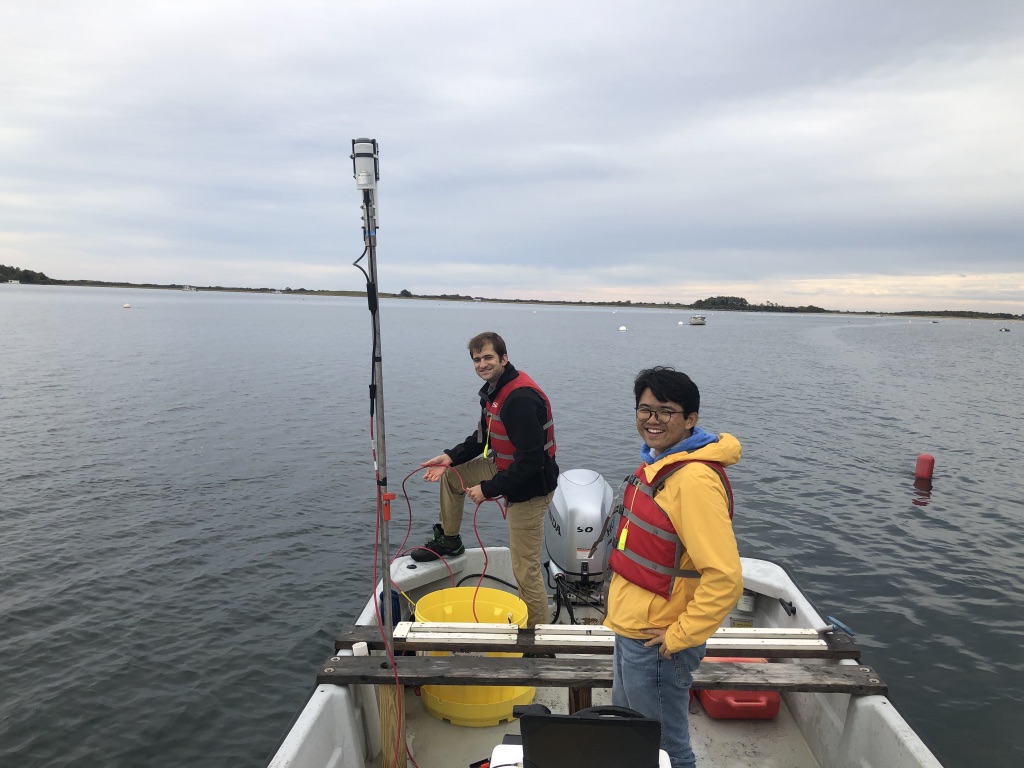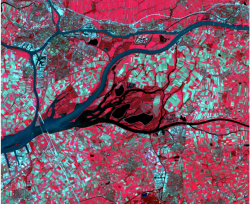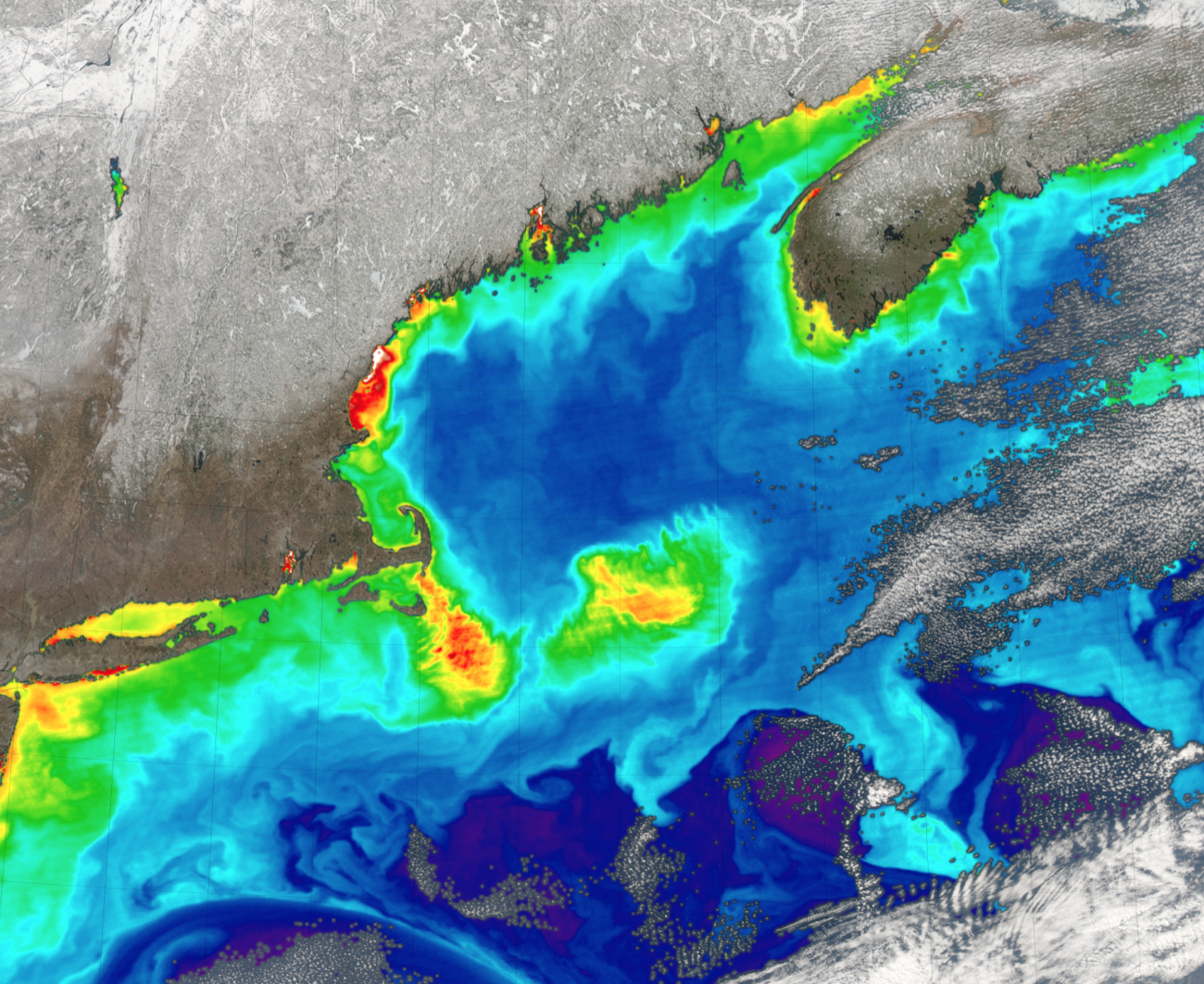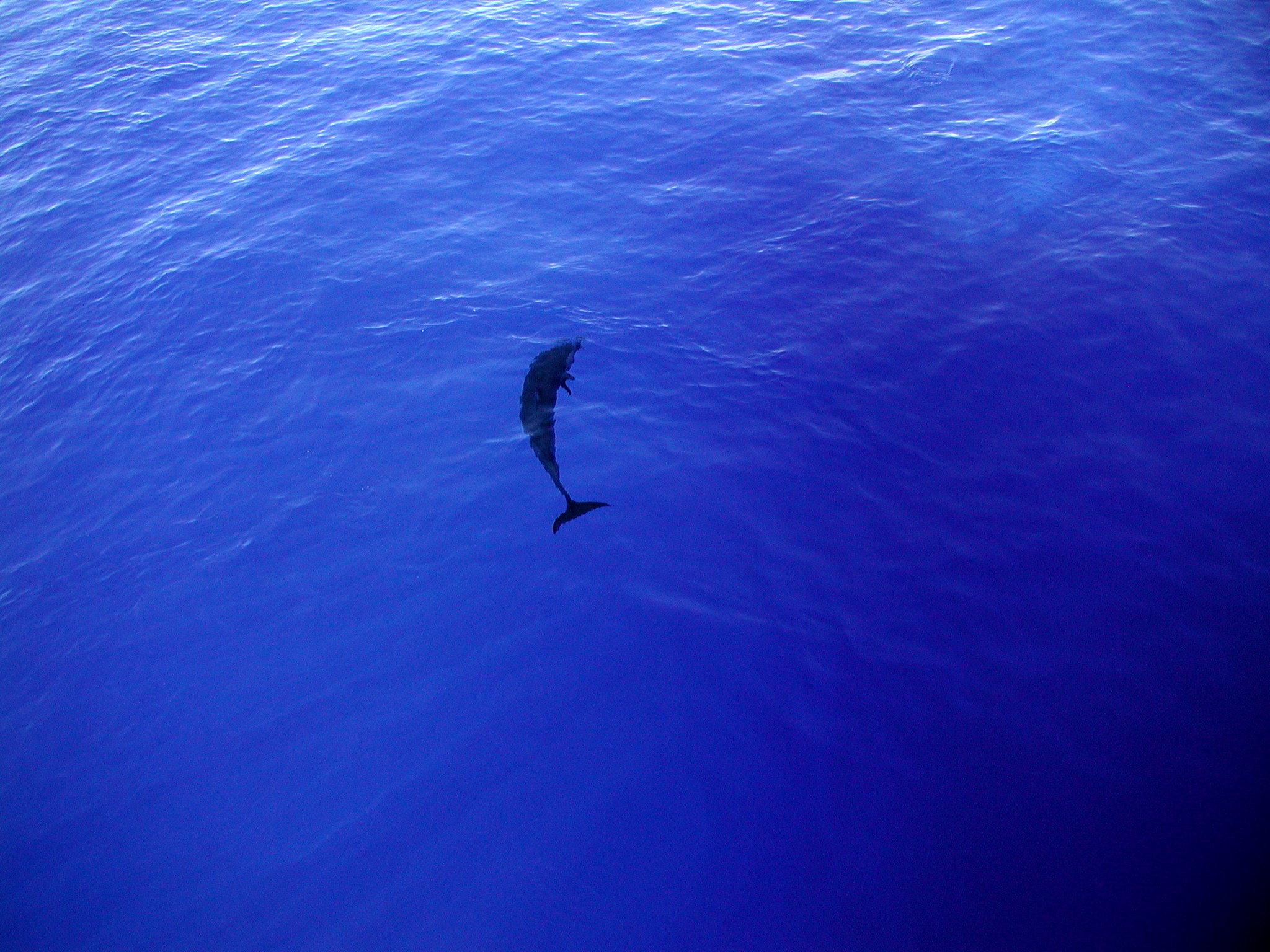Teaching
Aquatic Optics and Remote Sensing (EE 422/622)
4 credits, Every Spring Semester
This course is intended for upper-level undergraduate and graduate students interested in remote sensing and/or the aquatic sciences. It aims to provide students with both a theoretical and practical knowledge of optics and remote sensing, and of its utility in earth and environmental research and applied sciences. More specifically, students can expect to gain an understanding of:
- How light and in-water constituents interact in aquatic environments
- The main quantities and properties in aquatic optics and remote sensing
- The utility of optical measurements and remote sensing in research and applied sciences
- Challenges and uncertainties faced in this field
- Radiative Transfer Simulations (Hydrolight)
- How to access, process, and use field optical and ocean color remote sensing data
Bio-Optical Oceanography (EE/BI 591)
4 credits, Odd-Year Fall Marine Semester

 Light is crucial to the ecology and biogeochemical cycling of the upper ocean. Characterization of the temporal and spatial variability of light in the sea is fundamental to understanding and quantifying many optical, physical, biological, and chemical oceanographic processes. This course will explore how the various optically active constituents of marine waters (e.g., phytoplankton, suspended particles and sediments, organic matter, etc.) affect the in-water light field and optical properties of the water column. It will also explore how optical measurements made in situ or remotely (ocean color remote sensing) can facilitate the study of biogeochemistry, biology, and water quality of estuarine and marine environments. This research-based course is taught in October as part of the Marine Semester and is heavily based on field and laboratory work. Field work is carried out onboard a research vessel and will focus on contrasting local areas including Boston Harbor, Massachusetts Bay, Plum Island Estuary and Great Bay (specific areas dependent on weather and vessel availability).
Light is crucial to the ecology and biogeochemical cycling of the upper ocean. Characterization of the temporal and spatial variability of light in the sea is fundamental to understanding and quantifying many optical, physical, biological, and chemical oceanographic processes. This course will explore how the various optically active constituents of marine waters (e.g., phytoplankton, suspended particles and sediments, organic matter, etc.) affect the in-water light field and optical properties of the water column. It will also explore how optical measurements made in situ or remotely (ocean color remote sensing) can facilitate the study of biogeochemistry, biology, and water quality of estuarine and marine environments. This research-based course is taught in October as part of the Marine Semester and is heavily based on field and laboratory work. Field work is carried out onboard a research vessel and will focus on contrasting local areas including Boston Harbor, Massachusetts Bay, Plum Island Estuary and Great Bay (specific areas dependent on weather and vessel availability).
Remote Sensing of the Environment (EE 302)
4 credits, Even-Year Fall Semester (Odd-Year Fall Semester taught by colleague Dr. Jeffrey Geddes)


The objective of this course is to provide an overall introduction to remote sensing, primarily focused on the use of imagery from satellites to study the environment. The intent is to learn how to use measurements made in space to study issues related to environmental science and natural resource management.
The main topics integrated between lectures, assignments, discussions, and labs include:
- a basic understanding of the physical processes involved in remote sensing, ex: electromagnetic radiation, atmospheric interactions, etc.
- introduction to sensors used in remote sensing
- applications of remote measurements
- methods for image analysis

